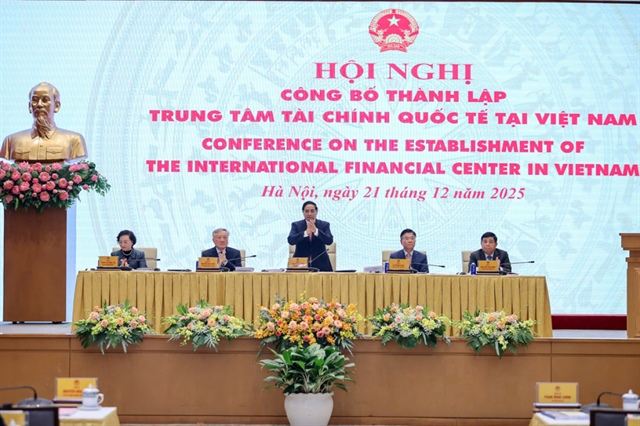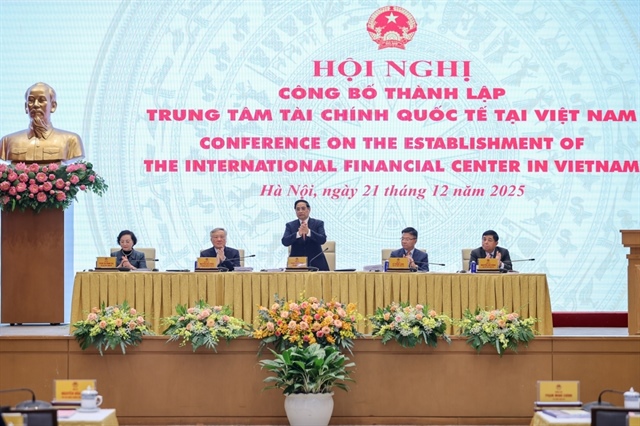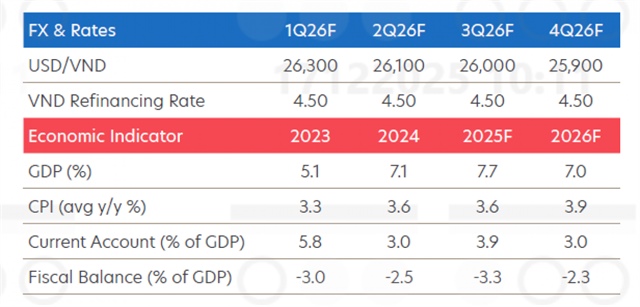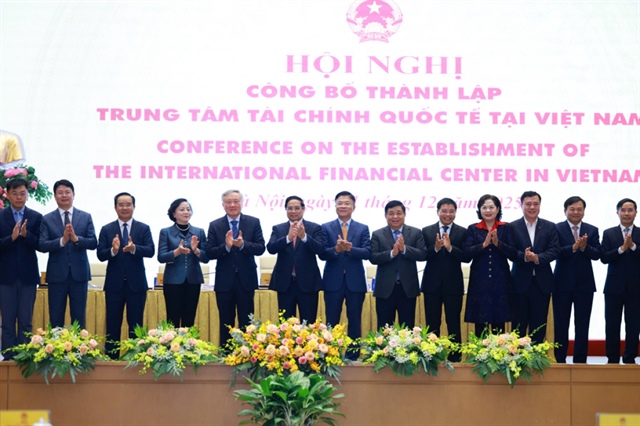Credit growth prospects looking brighter
Credit growth prospects looking brighter
State Bank of Viet Nam Governor Nguyen Van Binh believes that the banking sector will realise its credit growth target of 12 per cent this year, according to a Viet Nam Investment Review report.

The paper says that the governor's belief is based on positive indicators mentioned in the recent SBV report, which says that as of May, the banking sector's credit growth was 2.98 per cent, much higher than the 0.76 per cent increase recorded during the same period last year.
Le Xuan Nghia, member of the Financial and Monetary Policy Advisory Council, agreed with Binh, saying the credit market was warming up, so the 12 per cent growth target would be quite feasible.
Independent market observers have also said that credit growth signs could be seen at many commercial banks, and that some of them were looking to surpass the annual target.
VPBank General Director Nguyen Duc Vinh said that in the first five months of this year, the bank saw a 9 per cent credit growth, nearly three times as high as the whole market.
Nguyen Duc Huong, vice chairman of LienVietPostBank, also said that his bank's credit growth was rather good. He said they expected the central bank to approve growth rates of 15 per cent for short-term loans and 20 per cent for long- and medium-term loans.
Commercial banks in Ha Noi posted a 3.42 credit growth rate in the five months of this year, according to Nguyen Thi Mai Suong, director of the central bank's branch in the capital city.
Economists have said the domestic credit market has four ‘levers' it can use to recover and reach its growth rate of 12 per cent by the year-end.
As a rule, credit increases in the last six months of this year because both individuals and enterprises need capital for their payments as well as production, which also picks up towards the end of the year.
They noted that the banks had recorded a credit growth rate of 9 per cent in the last six months of 2012.
The second "lever" would be the VND30 trillion (US$1.43 billion) credit package aimed at helping homebuyers and property developers.
The third one is the establishment of the Viet Nam Asset Management Company (VAMC), which is expected to open for business next month. The company is expected to help solve the issue of VND40-70 trillion ($1.9-3.3 billion) in non-performing loans.
The fourth "lever" comprises several Government measures taken to stimulate the economy's aggregate demand, including reduction in income taxes, corporate taxes and value-added taxes were going to take effect.
Nghia of the Financial Policies Advisory Council said the stimulation of aggregate demand and quick settlement of bad debts were the most important measures.
The general director of a commercial bank in HCM City, who declined to be named, said that two-thirds of the enterprises wanting loans were unable to get them because of bad debts or the absence of collateral assets.
But, said Huong of VietLienBank, the newly established VAMC would soon buy up non-performing loans, creating conditions for the banks to lend again.
A strategic report by Dragon Capital also says that the establishment of VAMC will not immediately settle the bad debts problem, but it could help banks to recover and strengthen their lending.
To ensure the strong credit growth, the Government and VAMC should act as guarantors for enterprises'loans so that banks are encouraged to lend, Huong said.
Credit quality is the banks' "biggest concern now", he added.
vietnamnews

























